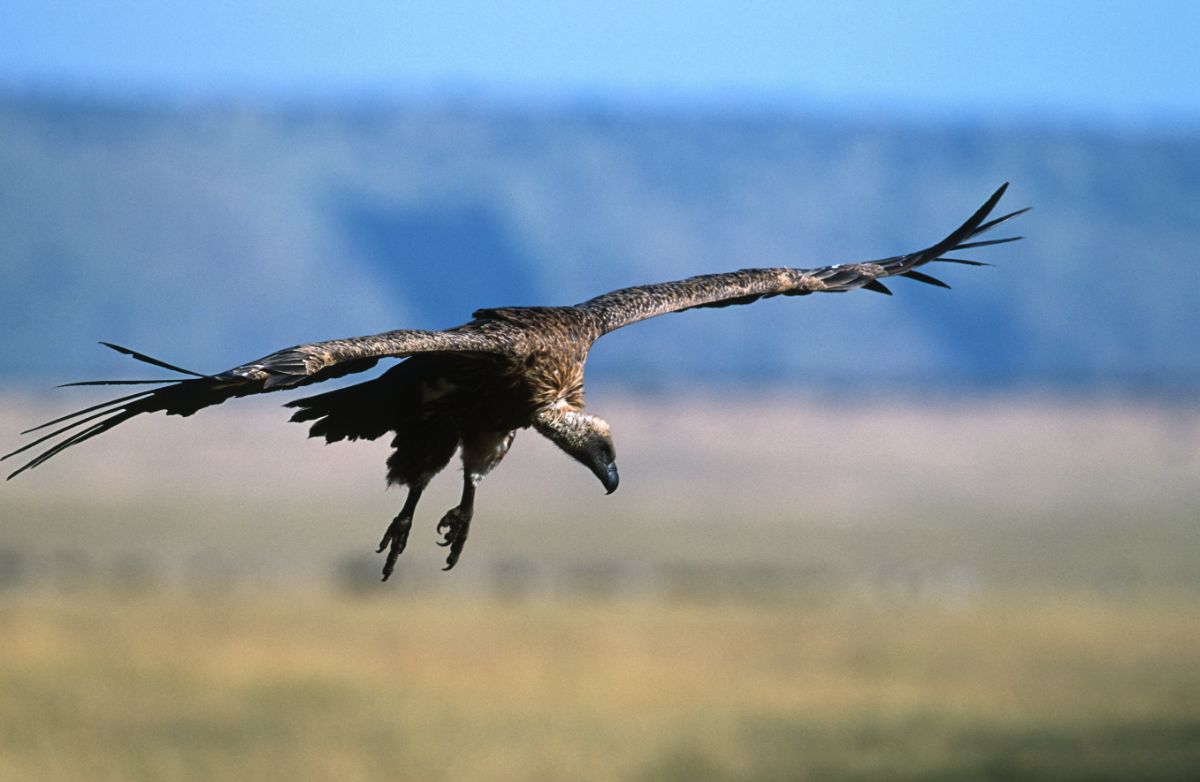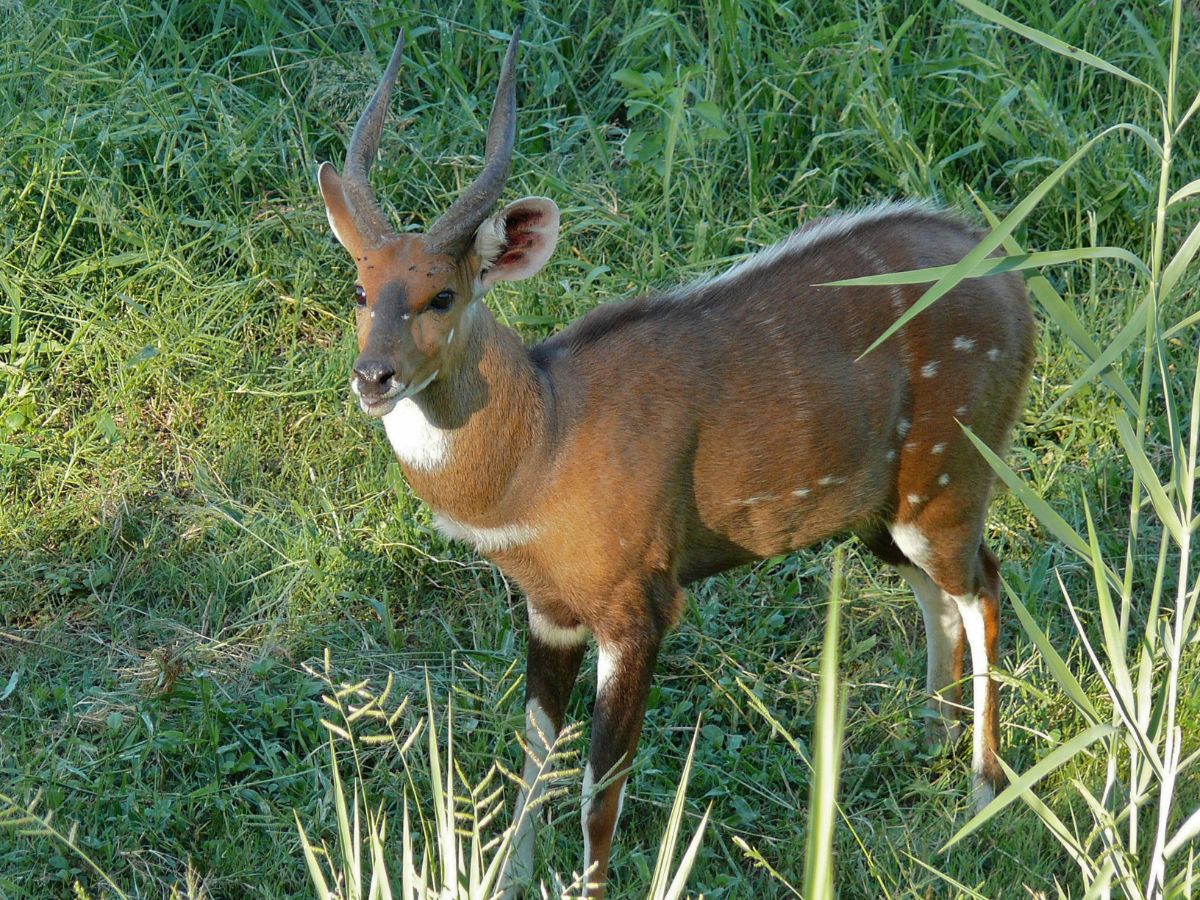Mandara Plateau Woodlands
The ecoregion’s land area is provided in units of 1,000 hectares. The protection goal is the Global Safety Net (GSN1) area for the given ecoregion. The protection level indicates the percentage of the GSN goal that is currently protected on a scale of 0-10.
Bioregion: West Sudanian Savanna (AT20)
Realm: Afrotropics
Subrealm: Sub-Saharan Afrotropics
Ecoregion Size (1000 ha):
753
Ecoregion ID:
49
Conservation Target:
1%
Protection Level:
0
States: Cameroon, Nigeria
The Mandara Plateau is considered one of the most important mountain areas of Cameroon. Some species with East African mountain affinities occur in these woodlands, including the near endemic Mount Lefo chameleon and the African wall gecko. The ecoregion faces considerable threats from land use conversion, overgrazing, desertification and climate change.
The ecoregion is located along the border between northeastern Nigeria and northwestern Cameroon. Although within the semi-arid Sudano-Sahelian belt of Africa, it is wetter and more vegetated than surrounding areas. The plateau is at an altitude of 1,000 m with ridges rising to 1,300m. Most of the botanical value is found on the plateau areas above 1,200 meters in elevation.

The flagship species of the Mandara Plateau Woodlands ecoregion is the Ruppell’s griffon. Image credit: Creative Commons
The ecoregion receives between 800 mm to 1,000 mm of rain during a six month wet season, from May to October, with the rest of the year being dry. Mean temperature ranges from 15° to 30 °C and is moderated by altitude. Unlike the volcanic rocks of the Cameroon Mountains further to the southwest, the Mandara range is composed of ancient granites, which weather to produce a relatively infertile soil. However, there are also areas of more fertile soil, resulting in a long history of agriculture and human settlement.
The plateau and hillsides can be cultivated on a regular basis when crops are rotated and rainfall is more reliable and retained well on the mountains than the surrounding plains. The trees here reach heights of 12 m to 18 m, and woody cover averages 50 percent or more. The ecoregion is, on the whole, heavily grazed and burnt. The highest points, from 1,200 m to 1,494 m, hold a mix of Sudanian and Afromontane species, such as the large succulent “tree” Euphorbia desmondi, Olea hochstetteri, and Pittosporum viridiflorum.
This area falls within White’s Sudanian regional center of endemism. The Mandara Mountains are known to be home to a number of rare and endemic plants, with East African montane affinities. The woodland savanna of this area is dominated by Acacia albida, with A. senegal, and A. nilotica also present. Other species include Balanites aegyptiaca, Ziziphus spp., Crateva adansonii, Celtis integrifolia, Ficus spp., and Khaya senegalensis.

Bushbuck. Image credit: Bernard Dupont, Creative Commons
Recorded fauna includes vervet monkey, patas monkey, warthog, bushbuck, grey duiker, and python. The mountains may still harbour a population of the western subspecies of mountain reedbuck. Bird species include Rüppell’s griffon and Egyptian vulture. The region also contains three near-endemic reptile species: Mount Lefo chameleon, Mabuya langheldi, and African wall gecko.
The Mandara Plateau is known to be ecologically diverse. However, it receives no formal protection from the current network of protected areas in the region apart from Cameroon’s 17 km2 Mozogo-Gokoro National Park, which is situated in the lower lying regions and is not fully representative of the ecoregion at large. It is believed that habitats are highly degraded in most areas.
In 1998, Mozogo-Gokoro National Park had not been burnt for over 40 years. As a result of this exclusion of fire, much of it has become far more densely wooded, with the establishment of dry thickets and the almost total elimination of grass cover. Some areas of the forest are protected by communities as “sacred” forests where traditional rules such as totems, taboos and myths discourage human exploitation.
The Mandara Mountains are intensively used for cropping and livestock grazing which are undertaken across most available land. Subsistence farmers also collect large amounts of fuelwood. Heavy grazing is detrimental to biodiversity in the area, although the farmers in the mountain region tend to stall feed their cattle during the growing season. Not only does this protect crops, but the manure from the stalls is also collected and used to fertilize areas under cultivation.
Firewood collection has added to the severe degradation of the indigenous woodlands. Throughout all of Cameroon the major threat to biodiversity is posed by clearance of both lowland and montane forests. This has already seemingly occurred on the Mandara Plateau with little natural forest vegetation remaining.
Priority conservation actions for the next decade.
- Encourage farming techniques which conserve soil and water, for sustainable crop production and to prevent soil erosion;
- Restore and reforest lowland and montane forests;
- Establish protected areas within the ecoregion.
-
-
Citations
1. Burgess, N., Hales, J.A., Underwood, E., Dinerstein, E., Olson, D., Itoua, I., Schipper, J., Ricketts, T. and Newman, K. 2004. Terrestrial ecoregions of Africa and Madagascar: a conservation assessment. Island Press.
2. Smith, R.J. 2015. West Africa Gap Analysis and Spatial Conservation Prioritisation. UNEP-WCMC technical report. [Online]. [Accessed 22 March 2018]. Available from: http://parcc.protectedplanet.net/system/comfy/cms/files/files/000/000/047/original/PARCC_DICE_Regional_Planning_System_Report_FINAL_EN.pdf
3. Kemeuze, V.A., Mapongmetsem, P.M., Sonwa, D.J., Fongnzossie, E. and Nkongmeneck, B.A. 2015. Plant diversity and carbon stock in sacred groves of semi-arid areas of Cameroon: case study of Mandara mountains. International Journal of Environment. 4(2), pp.308-318.
4. Van Beek, W.E. 2012. The dancing dead: Ritual and religion among the Kapsiki/Higi of North Cameroon and Northeastern Nigeria. Oxford University Press. -
Cite this page: Mandara Plateau Woodlands. Ecoregion Snapshots: Descriptive Abstracts of the Terrestrial Ecoregions of the World, 2021. Developed by One Earth and RESOLVE. https://www.oneearth.org/ecoregions/mandara-plateau-woodlands/
-




